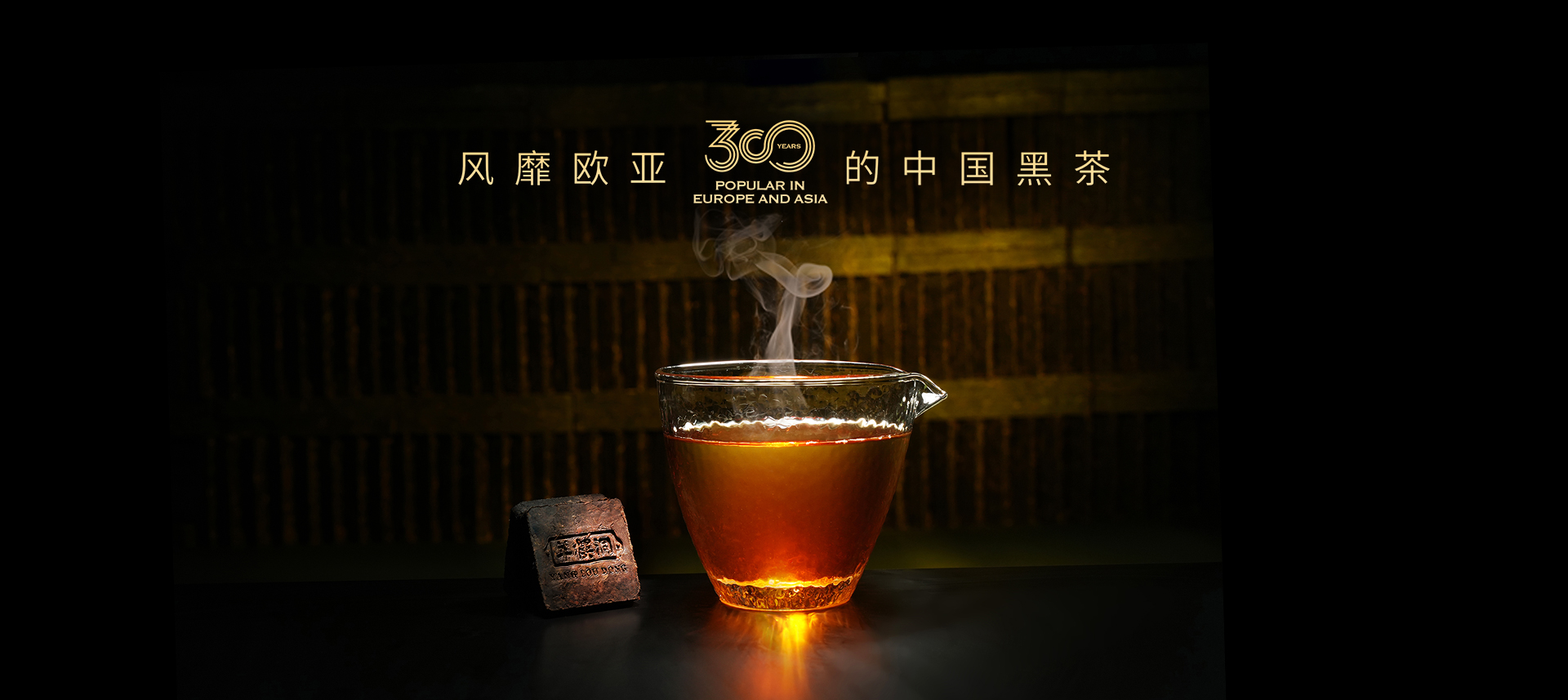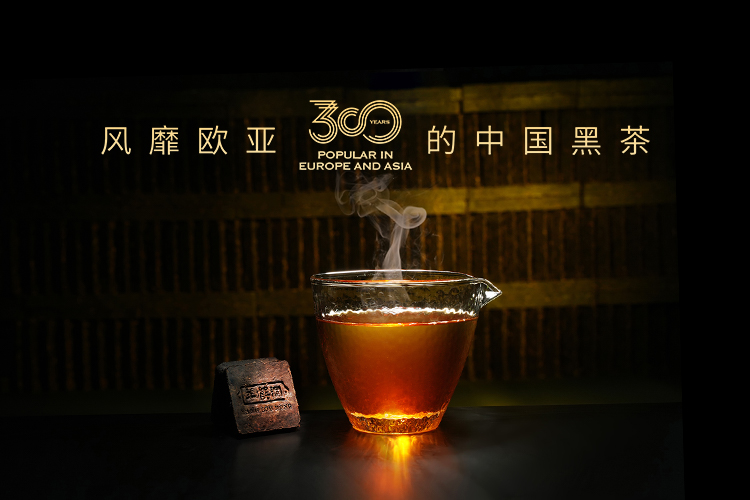






With Lao Qing Tea uniquely cultivated in southern Hubei as the raw material, Yang Lou Dong Qing Zhuan Tea is one of the six Lao Qing Teas in China. During the reign of Emperor Gaozong of Tang Dynasty, Yang Lou Dong located at the southern feet of Mufu Mountains was designated by the royal court in 682 as “garden area” due to wide plantation of tea trees and prosperous tea business in local place. Tea produced by this place was viewed as tributes to the royal family. Yang Lou Dong was named after tea and thrived with tea business.

After signing of Sino-Russian Treaty of Kyakhta in 1727, Yang Lou Dong welcomed its further prosperity with local tea business. It ascended to be the starting point of the Tea Road connecting China and Russia, another international business route after the Silk Road. A three-century-long legend about Chinese Lao Qing Tea in Europe and Asia was formally unveiled.

The name of Yang Lou Dong could be traced to its history as a 1,000-year-old tea-producing town. Also called “Second Hankou”, it was once the starting point of the largest tea-making and longest thrived Eurasian Tea Road in the 17th century. The Yang Lou Dong tea produced here has a far-reaching effect on the business civilization of ancient Silk Road as well as the Eurasian Tea Road and cultural exchange between the East and the West. It was especially evident in the period of 17th-19th century when Qing Zhuan Tea and Mi Zhuan Tea from Yang Lou Dong were sold all the way to other Asian countries and European countries as well. At that time, those two types of tea had almost become a necessity of life for people living along the Tea Road for three hundred years. They were praised as “tea of life” and enjoyed the treatment as premium “state gift”. It was exactly during those two centuries with Yang Lou Dong becoming prosperous with its tea products that some world-renowned giant tea tra

The answer would be centuries as most people believe. This saying may be right, but may be not. The reason why we think it right is because the cuboid-shape Zhuan Tea (i.e. the shape of the tea like brick) didn’t appear until centuries ago in Chibi; and we think it wrong because shape and processing of Zhuan Tea have undergone a long course of evolution and the historical inheritance is definitely beyond centuries.
Tang and Song Dynasties (Crumby-cake Tea) —— Ming Dynasty (Maohe tea) —— Qing Dynasty (Zhuan Tea) —— Nowadays (Qing Zhuan Tea)

The first stage of the Tea Road’s development was from Tang and Song Dynasties to late Ming Dynasty. It was then called the Ancient Tea Horse (Trade) Road that featured distribution and sales of bulk tea and Crumby-cake tea. In Tang Dynasty, tea gardens had been formed here and there in Yang Lou Dong. At this time, the city was famous for tea production. The initial shape of Qing Zhuan Tea, Crumby-cake tea or E’zhou yellow cake tea, already showed up and was delivered to Middle Asia along the Silk Road. When it came to Ming and Qing Dynasties, the Silk Road was completely used for Zhuan tea trade. Trade caravans from different countries came to deliver the Zhuan tea produced by Yang Lou Dong to Middle Asian and European countries.

The Kangxi Period of Qing Dynasty (namely from 1689 when Sino-Russian Treaty of Nerchinsk was signed to 1853) was the second stage of Tea Road development. The road then was called Sino-Russian Tea Road and mainly used for distribution and sales of Crumby-cake Tea, Maohe Tea, and Zhuan Tea. Signing of the Treaty of Kyakhta between China and Russia in 1727 brought further prosperity to this tea road. By that time, merchants from Shanxi province built a “trade city” along the Chinese border in Kyakhta so that the distribution of Yang Lou Dong Zhuan tea to Russia was made even more convenient.
The period spanning from 1853 (when Fujian Tea Road got cut off amid eruption of Taiping Rebellion) to the late Qing Dynasty and early Republic of China is the third stage of Tea Road development. The road was called then Eurasian Tea Road and mainly used for distribution and sales of Qing Zhuan Tea and Mi Zhuan Tea.

回到頂部